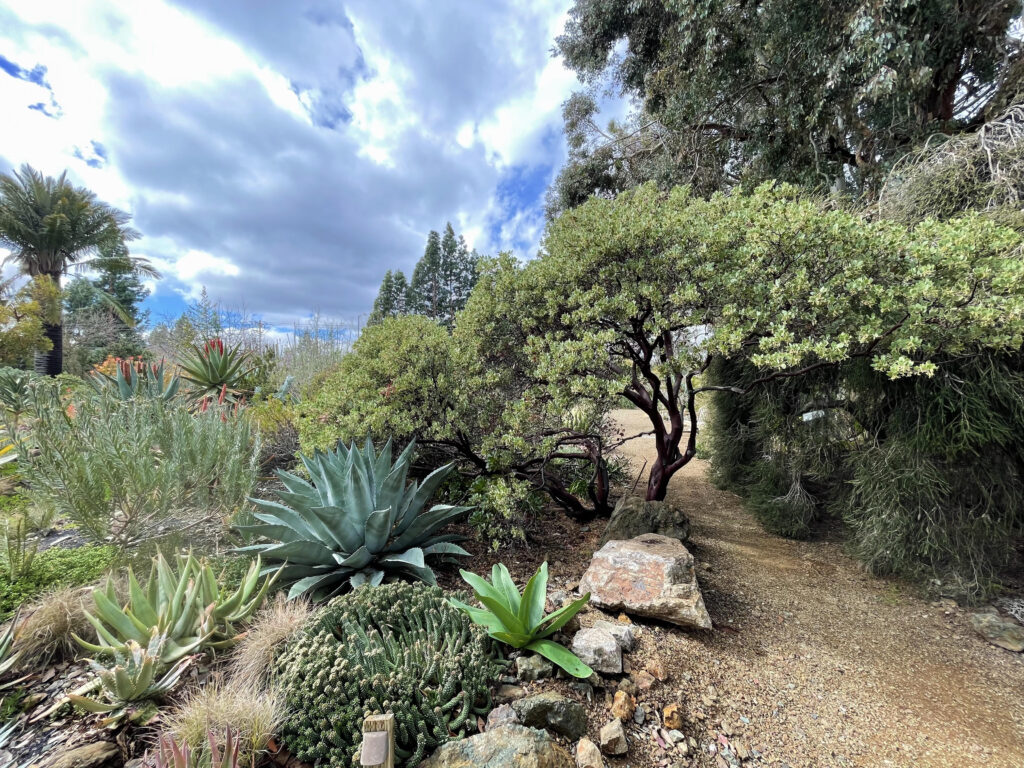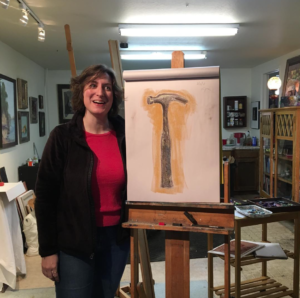
Taking some time to reflect on our teaching — before and/or after we teach a lesson or activity, at the end of each week, during and after the teaching term — is a beautiful way for us to connect with our own Inner Knowing about our teaching and our students, and to continue on our journeys as developing teachers. We can take a mindset of curiosity and self-compassion, seeking Joy in trying something new and learning from the experience. We can discover new insights, spark new questions to pay attention to next time, and feel inspired to try new ideas. It can also help us to see places where we want to keep improving and growing, and give ourselves grace as we keep learning. And it can help us to see our growth and celebrate our successes. These are all part of our beautiful teaching journeys <3
I’d like to share some ideas for ways to reflect on our teaching.
- Start with a grounding practice at the beginning and/or end of your reflection. You can take a deep breath, maybe light a candle, and say words like, I’m grateful for the opportunity to reflect on my practice. I’m grateful for the teaching journey that I’m on, working on developing different parts of my practices over time. I’m grateful for the opportunity to learn from my experiences, and from feedback from my students.
- Set an intention: For example, I seek to understand my students better. I seek to look at my practice with compassion (for myself and for my students) and courage. I seek to approach my reflection with openness, curiosity, and creativity. I’m grateful to myself for taking the time and space to do this reflection practice.
- Choose a medium that you like for recording your reflections. Try mixing it up if you’d like. For example, typing in Evernote/Google doc, writing a blog post, writing in your slide deck, writing out long-hand in a beautiful teaching journal, recording voice notes, adding drawings. (For voice notes: it’s helpful to transcribe these later so you can browse them more easily.)
- Try different spaces for reflecting: in the classroom (if it’s available), in your office, in a lounge, in a coffee shop on campus, outside under a tree. Try for somewhere friendly and inviting where you feel comfortable.
- Try reflecting with a buddy, someone you feel safe and comfortable with. You can reflect with them and they can reflect with you. You could speak out loud for 5 minutes and they take notes, then they speak out loud for 5 minutes while you take notes, and then you can reflect on and give feedback on what each other said (as invited).
Before and after teaching an activity
- Before you teach an activity, write notes to yourself about what aspects you’d particularly like to reflect on afterwards.
- Reflect right after the activity while it’s fresh in your mind. Consider also reflecting a few days later when you’ve had a little more space to process it too.
- Free-write for 5-10 minutes after the activity, anything you noticed or felt, etc. Look back at these at the end of each week.
- Choose a theme to focus on each week in your reflections. For example: anti-racist teaching, connection to everyday life phenomena, encouraging student collaboration.
- Similar to choosing a theme: Choose a framework of teaching and learning as a lens for your teaching. For example, you could pay attention to how today’s activity addresses teaching principles from the book How Learning Works, or a framework of equitable and inclusive teaching (e.g., Universal Design for Learning for accessibility), or a framework of supporting student agency.
Ideas for reflection prompts
- How did I feel during today’s teaching activity?
- What were my goals for today’s teaching activity? How do I believe the activity went, overall, and towards my specific goals?
- What evidence / indicators am I using to inform my opinions? Why are those important? Brainstorm broadly: What other indicators might be relevant?
- How can I gather feedback from others about today’s activity? Are there students whose voices and experiences I’m foregrounding and others I’m paying less attention to? How can I make sure I understand the experiences of all my students, not just the more privileged students?
- How does today’s activity acknowledge barriers to access that some of my students have experienced and are experiencing?
- In what ways did my teaching today align with my values? In what ways did it not?
- What felt surprising to me? What felt scary or risky?
- What would I like to know more about? How can I educate myself further?
- How does today’s activity draw on my students’ resources and motivations for learning?
- What suggestions do I have for myself for my future teaching (next class, next week, next year)?
- What aspects would I like to pay attention to / reflect on next time I teach this or a similar activity?
- How does my identity / positionality influence how I taught this activity, and how I’m seeing it as I reflect?
- What was challenging, and how did I address those challenges? What might I do the same or differently next time? Where did I feel uncomfortable, and how can I breathe through any difficult feelings?
- Did the activity reveal places that I or my students need to heal? What support would help our healing?
- What were moments of joy during today’s activity?
- What would I like to celebrate in myself? Where are some places to give myself a high-five?
- What aspects of today’s teaching would I like to share with others? Are there colleagues I might like to discuss it with?
- What action would I like to take for my future teaching — next class, next week, next month, next term, and beyond? What resources do I need to work on these actions?
Reflecting as a student
We are often both teachers and learners; we can develop our own teaching by reflecting as a student as well. Here are some ideas:
- Free-write for 5-10 minutes about any thoughts and reactions to today’s learning activity.
- How did I feel during this learning activity? Did it evolve over the course of the activity?
- What did I learn?
- What questions do I still have? What would I like to learn further about this topic? What resources can I draw on to learn more?
- How did today’s lesson connect to my values and goals?
- What was my favorite part? What would I suggest changing for next time?
- What opportunities were there for me to connect or collaborate with other learners? How did those interactions feel?
- What were moments of joy during today’s activity?
- Focus your reflections through a framework of teaching and learning. For example:
- Supporting student agency: How did this activity connect to my values and goals? Support my self-efficacy? Support my self-reflection?
- Principles of teaching and learning: How did this activity connect to my prior knowledge? How did it support my metacognition?
- Equitable teaching: Was this activity accessible to me? Do I think it was accessible to others? Were there multiple ways for me to demonstrate my understanding? Did the activity make me feel like a scientist?
- How might I have taught this activity the same or differently?
- How do I think others in the class may have experienced the activity, similarly or differently to me?
- Why do I think the instructor made particular curricular design choices? What were some other possible choices they could have made? What would I choose?
- What does the design of this activity say about the values and goals of the instructor? What assumptions were implicit in the activity design? How do those align/not align with my own values?
I hope some of these ideas may be helpful in your reflections as a teacher.
I’d love to hear your ideas — How do you like to reflect on your teaching? What insights have you discovered? What’s hard? What’s something new you’d like to try?
Thanks for reading. I wish you much love and joy on your continuing teaching journey <3


